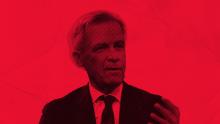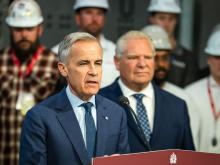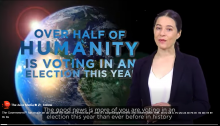Dec. 1, 2025
Mark Carney, the central banker, was the thought leader the climate movement needed: someone who could translate the reality of climate change into the language of finance. As prime minister, he is torching the country’s climate policies, while pouring government time and resources into new fossil fuel infrastructure. To state the obvious, these are not the decisions of a climate champion.










